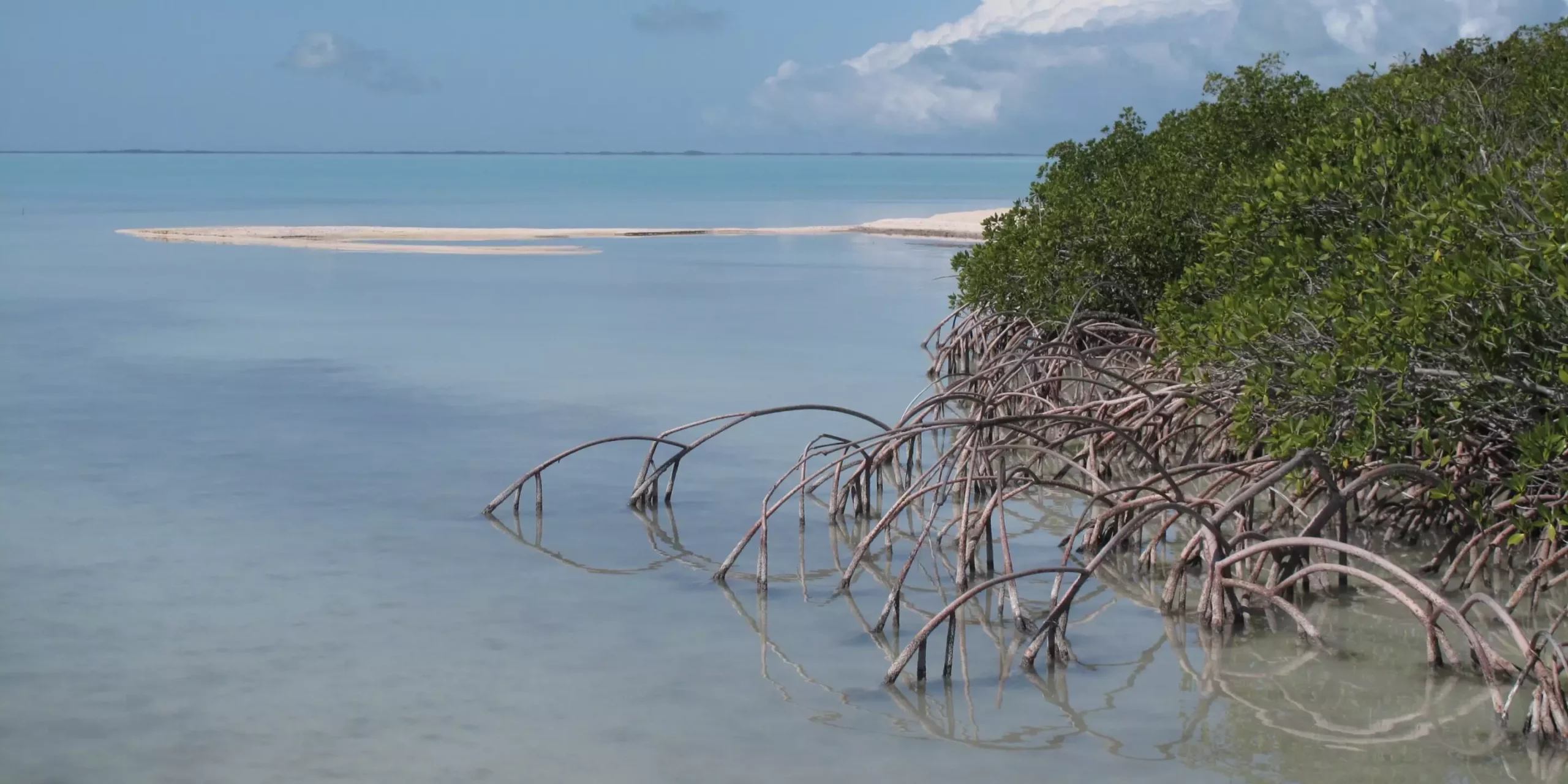In recent years, South Florida has become a focal point of climate change research, particularly concerning rising sea surface temperatures. New studies conducted by scholars at the University of South Florida College of Marine Science highlight an alarming trend: the region’s estuaries are warming at significantly accelerated rates compared to global averages and even neighboring bodies of water like the Gulf of Mexico. This sharp increase in temperature, particularly pronounced in the last two decades, presents a serious challenge for both marine ecosystems and the communities relying on these vital natural resources.
Record Heat Waves and Local Implications
One of the critical findings from the research is the unprecedented marine heat wave experienced in 2023. This event has not only raised the temperature of the water but also posed immediate threats to the biodiversity within these ecosystems. Utilizing satellite data, researchers documented that four pivotal estuaries—Florida Bay, Tampa Bay, the St. Lucie Estuary, and the Caloosahatchee River Estuary—have exhibited temperature rises around 70 percent higher than those observed in the Gulf of Mexico. Even more concerning is that these local estuarine temperatures have escalated approximately 500 percent faster than the global ocean average.
These heightened temperatures severely affect marine life that relies on stable environmental conditions. Estuaries are known as crucial nurseries for many marine species, providing safe habitats for their earliest life stages. In addition, they support a variety of sensitive ecosystems including seagrass meadows and coral reefs located nearby, both of which are integral to the region’s marine health.
The burgeoning temperatures create a series of complex interactions within the marine ecosystem. According to Professor Chuanmin Hu, a leading contributor to the studies, different components of the ecosystem react differently to temperature variations. Algae thrive in warmer waters, often resulting in heightened algal blooms that can disrupt local ecosystems and create dead zones devoid of oxygen. Conversely, seagrasses and coral reefs suffer when water temperatures exceed their stress thresholds, leading to mortality rates that could have lasting impacts on biodiversity and fisheries.
This delicate balancing act makes it imperative for researchers to understand the forthcoming changes. If water temperatures continue to rise, the ramifications could extend beyond local marine life and affect wider ecological systems, economic activity, and even tourist industries reliant on healthy coral reefs and thriving marine environments.
The studies reveal a pressing need for further research. Collaborations with notable organizations, including the Florida Fish and Wildlife Conservation Commission and the National Oceanic and Atmospheric Administration, are anticipated to shed light on the impacts of elevated water temperatures on critical habitats. Researchers hypothesize various factors contributing to the rapid warming, such as increased evaporation rates, water retention (the duration that water resides in an estuary), and localized meteorological conditions.
Interestingly, despite the discernible warming trends in South Florida, the phenomenon is not uniformly experienced across all Gulf Coast estuaries. Hu points out the necessity to explore these unique trends further to understand the specific drivers of temperature changes unique to South Florida’s environment. Careful investigation will help ascertain whether these conditions extend into the foreseeable future or if they are a temporary anomaly.
Looking Ahead: What the Future Holds
The questions swirling around the sustainability of these accelerated warming patterns remain critical. Researchers are actively pondering whether the temperature uptick in South Florida’s estuaries is merely transitory or indicative of a long-term trend. Professor Hu notes that there may inevitably be a convergence in temperature rates between South Florida and the Gulf of Mexico over time; however, the timeline for such equilibrium remains uncertain.
The warming waters of South Florida’s estuaries present a multilayered problem. It challenges not only the integrity of marine ecosystems but also the social and economic stability of communities that rely on these environments. To navigate these turbulent waters, comprehensive and ongoing research is essential to develop effective management strategies and foster resilience against climate impacts. As the adage goes, there’s no time like the present; immediate action is vital to protect these invaluable marine landscapes.


Leave a Reply